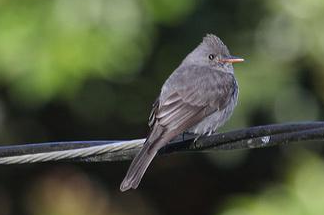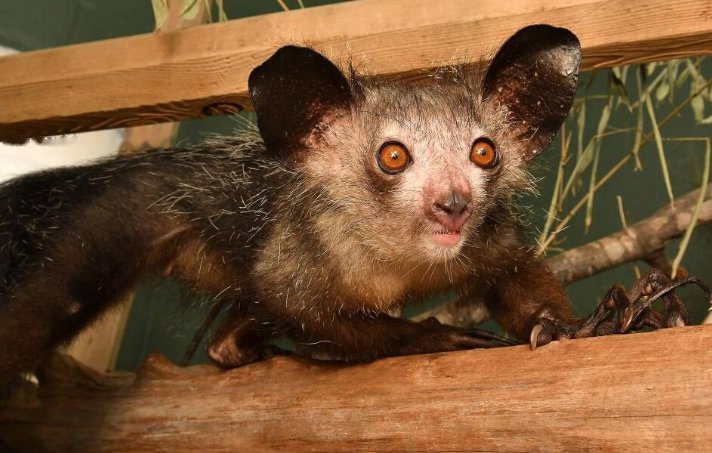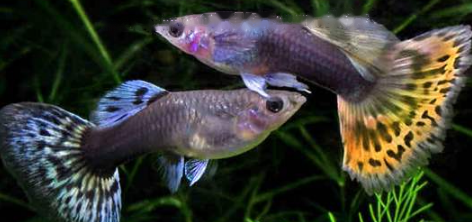When it comes to snakes, many people are afraid because they are not only aggressive, but some are also poisonous. However, all things have spirits, and the snakes that are kept away sometimes need protection!
In this article, what the editor wants to introduce to you is a national three possessions (ps: beneficial, important economic value and scientific research value) protected animal - Chinese water snake. It is also known as mud snake and Chinese water snake, mainly distributed in Zhejiang, Hunan, Jiangsu, Taiwan, Jiangxi and other places. However, due to human activities destroying the environment on which they live, and they were once hunted and sold in large quantities, their populations are declining, and now they have been listed as the 2010 IUCN Red List of Threatened Species ver 3.1 - Low risk (LC).
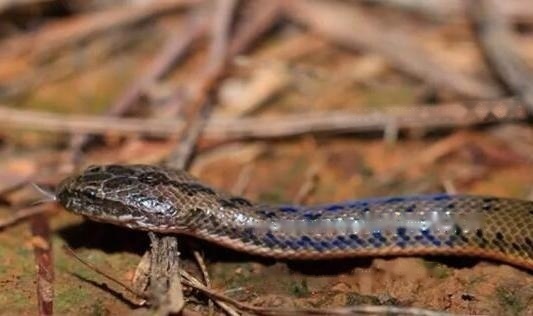
1. Basic information
1. Chinese name: Chinese water snake
2. Latin name: Enhydris chinensis
3. Kingdom: animal Kingdom
4. Door: Chordate
5. Subphylum: Vertebrate Subphylum
6. Class: Reptile
7, Order: Squamata
8, Suborder: Snake suborder
9, Family: Viperidae
10, Genus: Water snake
11. Species: Chinese water snake
12. Name and time: Gray, 1842
13. Distribution: China, Vietnam
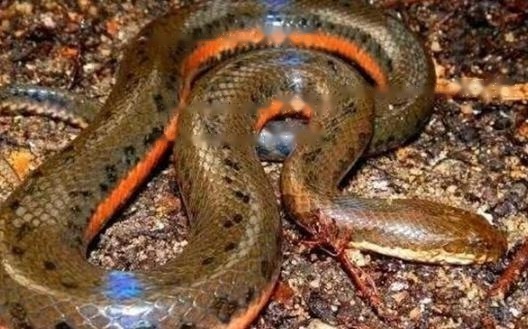
II. Morphological characteristics
1. Overall: The Chinese water snake looks stout as a whole. The front half of the body is dark gray or gray-brown, and has black spots of different sizes.
2. Head: The head is relatively large, which is obviously different from the slender neck.
3. Snout: The snout is broad and blunt; the width of the snout scales exceeds the height, and its upper edge can be seen from the back; the upper lip is yellowish-white.
4. Nose: The nostrils are located on the back of the snout, the left and right nasal scales are tangent, and the internasal scales are smaller diamond-shaped, located in the middle of the nasal scales.
5. Dorsal scales: The dorsal scales are smooth, the outer two to three rows are reddish-brown, and the edges are dark gray.
6. Abdominal scale: The front half of the abdominal scale is dark gray, and the latter half is yellowish white.
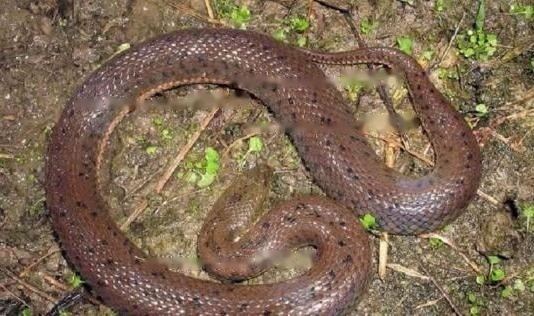
3. Living habits
1. Activity: Chinese water snakes live in the water all year round, and they can be seen active during the day and night.
2. Food: They are omnivores, and their food is mainly fish, frogs and crustaceans.
3. Habitat: Most inhabit streams, ponds, paddy fields and canals in plains, hills or foothills.
4. Reproduction methods
Chinese water snakes are oviparous, females usually ovulate once a year, and there will be snake embryos at the end of May to June. During the gestation period of 78 to 84 days, the snakes can give birth in mid-August to mid-September, and about 6 to 21 snakes can be born in one litter.
Okay, the above is what Xiaobian shared. If you have anything else you want to know after reading it, you can tell Xiaobian in the comments below~
![[Original] Sharing of popular science knowledge of ringed map turtles](/static/img/11249/11249_1.jpg)




